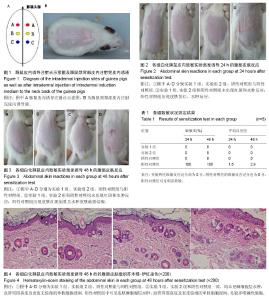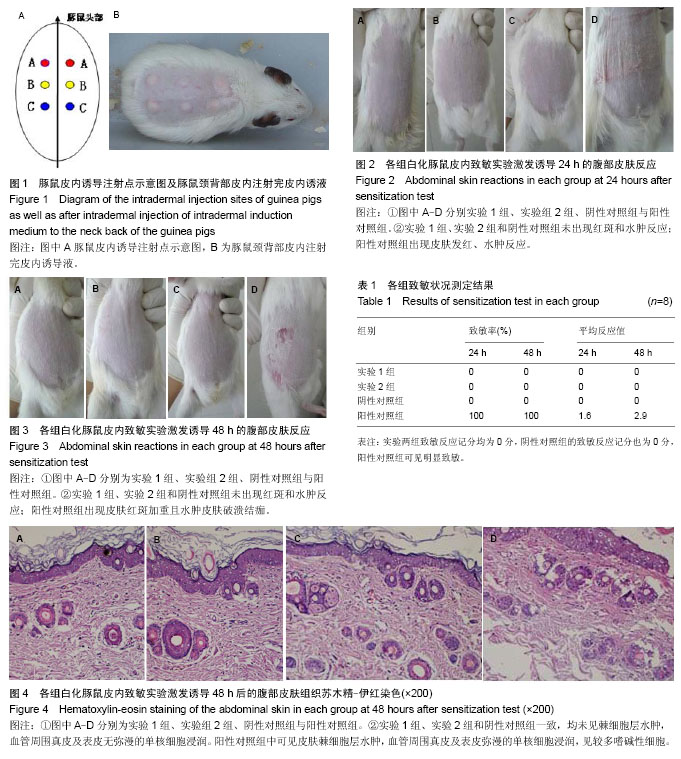| [1] Hirokazu K,Takaaki T,Masaaki C,et al.Repair of segmental bone defects in rabbit tibiae using a complex of beta-tricalcium phosphate, type I collagen, and fibroblast growth factor-2.Biomaterials.2006;27(29):5118-5126.
[2] Boos AM, Arkudas A,Kneser U,et al.Bone tissue engineering for bone defect therapy. Handchir Mikrochir Plast Chir. 2010; 42(6):360-368.
[3] Horner EA,Kirkham J,Wood D,et al.Long bone defect models for tissue engineering applications: criteria for choice.Tissue Eng Part B Rev.2010;16(2):263-271.
[4] Hutmacher DW,Sittinger M,Risbud M. Scaffold-based tissue engineering: rationale for computer-aided design and solid free-form fabrication systems.Trends Biotechnol. 2004;22(7): 354-362.
[5] Hollister SJ.Porous scaffold design for tissue engineering.Nat Mater. 2005;4:518-524.
[6] Duan B,Wang M,Zhou WY,et al.Three-dimensional nanocomposite scaffolds fabricated via selective laser sintering for bone tissue engineering.Acta Biomater. 2010; 6(12):4495-4505.
[7] Zhang Y,Hao L,Savalani MM,et al.In vitro biocompatibility of hydroxyapatite-reinforced polymeric composites manufactured by selective laser sintering.J Biomed Mater Res A.2009;91(4):1018-1027.
[8] 林山,尹庆水,张余,等.数字化珊瑚羟基磷灰石人工骨的制备及性能研究[J].中国矫形外科杂志,2010,18(24):2082-2086.
[9] 林山,尹庆水,张余,等.数字化珊瑚羟基磷灰石人工骨的研制及体外细胞毒性研究[J].中国骨与关节损伤杂志, 2011,26(2): 121-124.
[10] 朱辉,尹庆水,张余,等.数字化载银羟基磷灰石/聚乳酸人工骨的制备及细胞毒实验[J].实用医学杂志,2011,27(23):4188-4190.
[11] Wang X,Wang KL,You SH,et al.GB/T 16886.1-2001 Yiliao Qixie Shengwuxue Pingjia: Diyi Bufen: Pingjia yu Shiyuan[P]. 2001:21-33.
[12] 王昕,王利钻,由少华,等. GB/T 16886.1-2001医疗器械生物学评价:第1部分:评价与试验[P].2001:21-33.
[13] Magnusson B,Kligman AM. The identification of contact allergens by animal assay. The guinea pig maximization test.J Invest Dermatol.1969;52(3):268-276.
[14] You SH,Qian CY,Zhu XT,et al. GB/T 16886.10-2005 Yiliao Qixie Shengwuxue Pingjia Dishi bufen: Ciji yu Chifaxing Chaomin Fanying Shiyan[P]. 2005: 1-39.
[15] 陈富林,毛天球,杨维东,等.培养成骨细胞接种于天然珊瑚中再造骨组织的研究[J].实用口腔医学杂志,1999,15(5):386.
[16] 陈富林,毛天球,羊书勇,等.骨髓基质干细胞接种于珊瑚修复兔颅骨缺损的实验研究[J].实用口腔医学杂志,2001,17(1):57.
[17] 尹庆水,张余,李兆麟,等.复合珊瑚羟基磷灰石人工骨的研制和临床应用[J].骨与关节损伤杂志,2003,18(3):147-149.
[18] 尹庆水,张余,李兆麟,等.复合珊瑚羟基磷灰石人工骨的研制及其成骨效应[J].中华创伤骨科杂志,2004,6(1):92-94,102.
[19] Dodds RA,York-Ely AM,Zhukauskas R,et al.Biomechanical and radiographic comparison of demineralized bone matrix, and a coralline hydroxyapatite in a rabbit spinal fusion model. J Biomater Appl.2010;25(3)195-215.
[20] Wasielewski RC,Sheridan KC,Lubbers MA.Coralline hydroxyapatite in complex acetabular reconstruction. Orthopedics.2008;31(4):367.
[21] 程晓兵,薛振恂,周树夏,等.多孔块状β-磷酸三钙陶瓷兔颅骨骨膜下埋植可吸收性的定量研究[J].中国临床康复,2002,6(2):189.
[22] 由少华,钱承玉,朱雪涛,等.GB/T 16886.10-2005医疗器械生物学计价:第10部分:刺激与迟发型超敏反应试验[P].2005:1-39.
[23] 昊平,刘秦玉,由少华,等. GB-T 16886.1-2001 医疗器械生物学评价:第1部分评价与试验[M].第二修订版.国家药品监督管理局,济南医疗器械质量监督检验中心.2001:304-309.
[24] Sato Y,Katsumura Y,Ichikawa H,et al.A modified technique of guinea pig testing to identify delayed hypersensitivity allergens.Contact Dermatitis. 1981;7(5):225-237.
[25] Turk JL,Polák L.Experimental studies on metal dermatitis in guinea pigs. G Ital Dermatol Minerva Dermatol. 1969;44(9): 426-430.
[26] OECD.Einstufung,Verpackung und Kennzeichnung gefa hrlicher Stoffe. In: Richtlinie des Europa ischen Parlaments und des Rates.OECD.1993;480:179-185.
[27] ISO.ISO10993-10: Tests for irritation and sensitization. In: International Standard 10993-10:1995 (E),Biological evaluation of medical devices. 1995.
[28] Dvorak HF,Dvorak AM,Simpson BA,et al.Cutaneous basophil hypersensitivity. II. A light and electron microscopic description. J Exp Med. 1970;132(3):558-582. |

